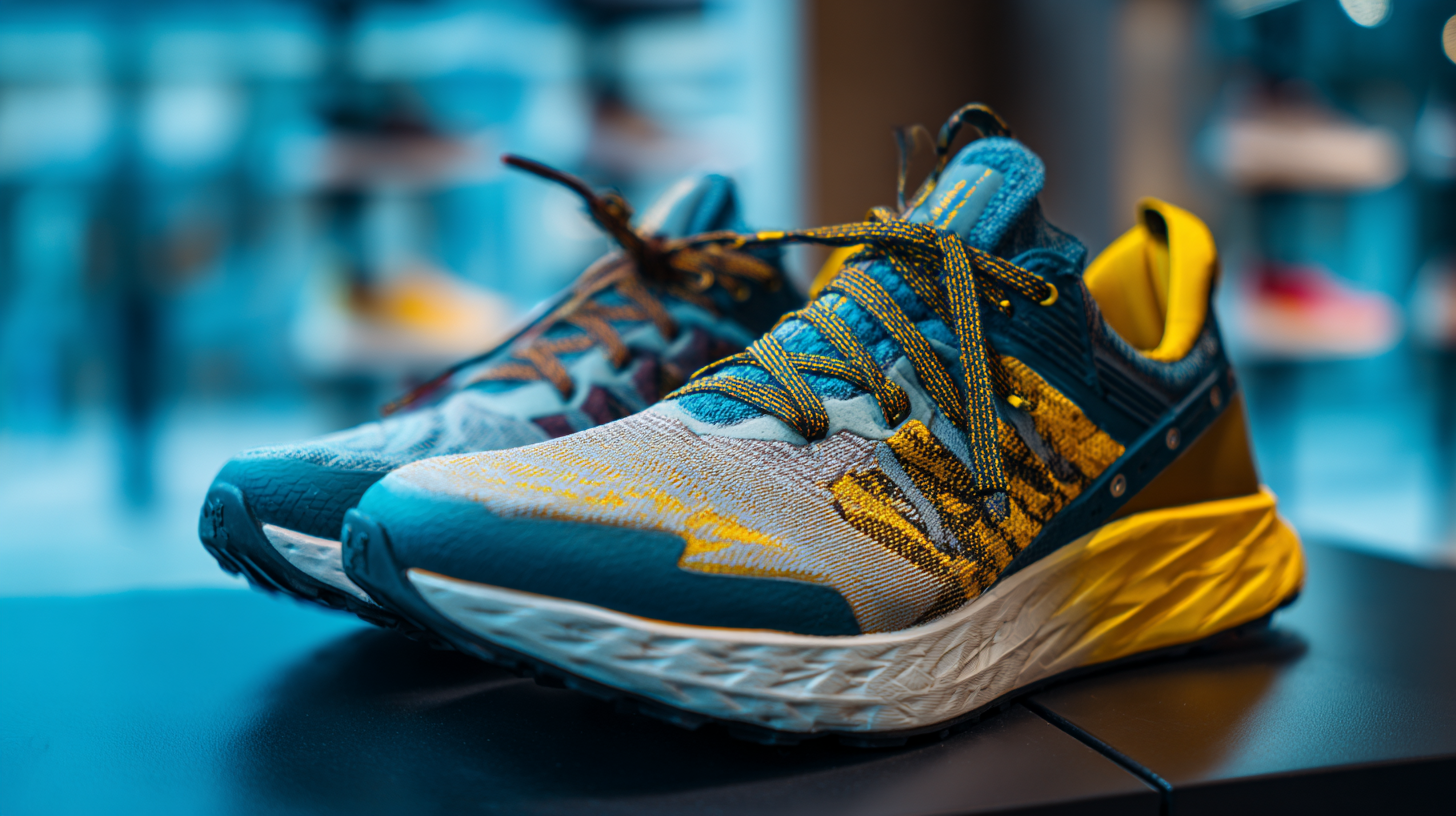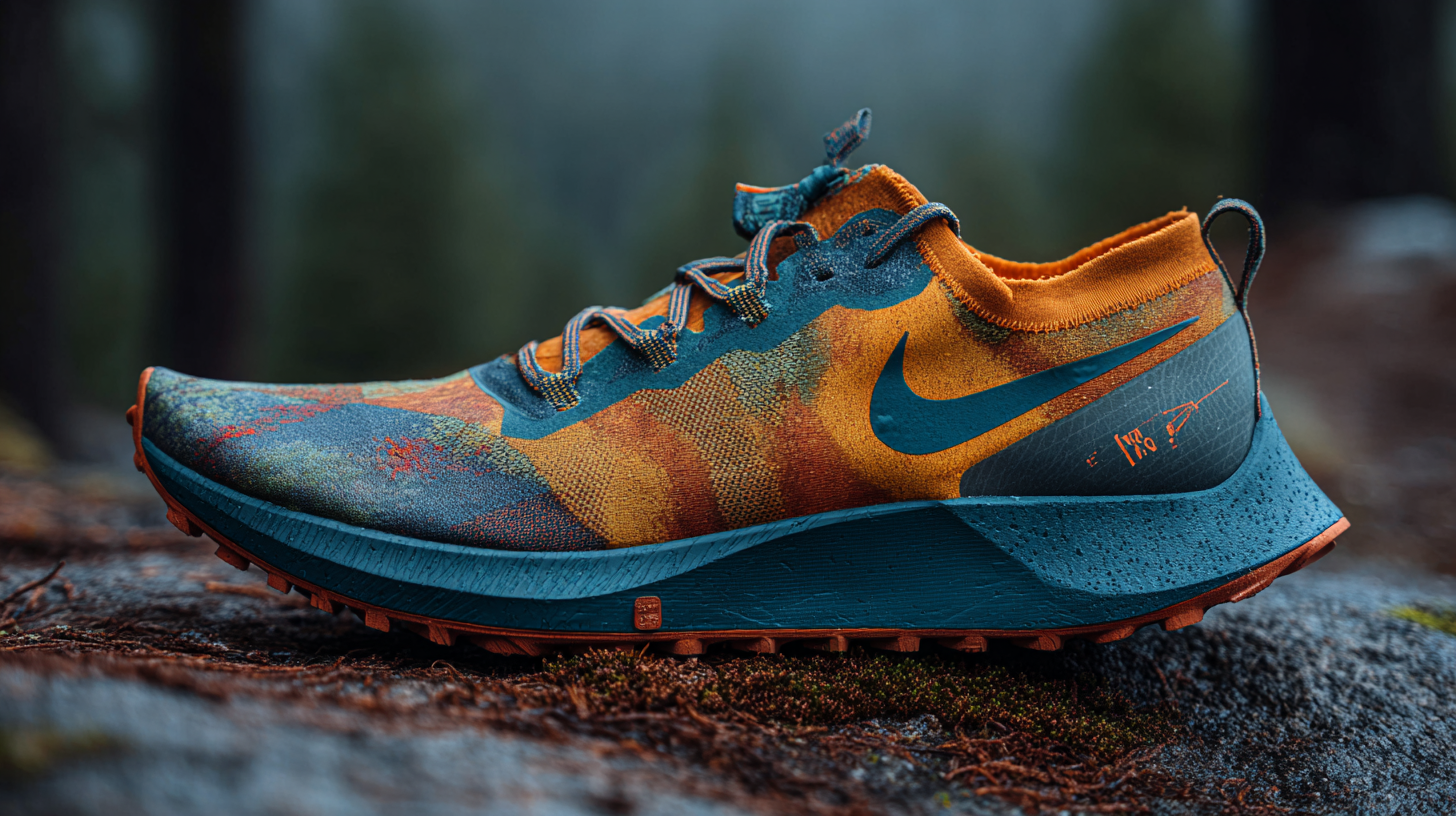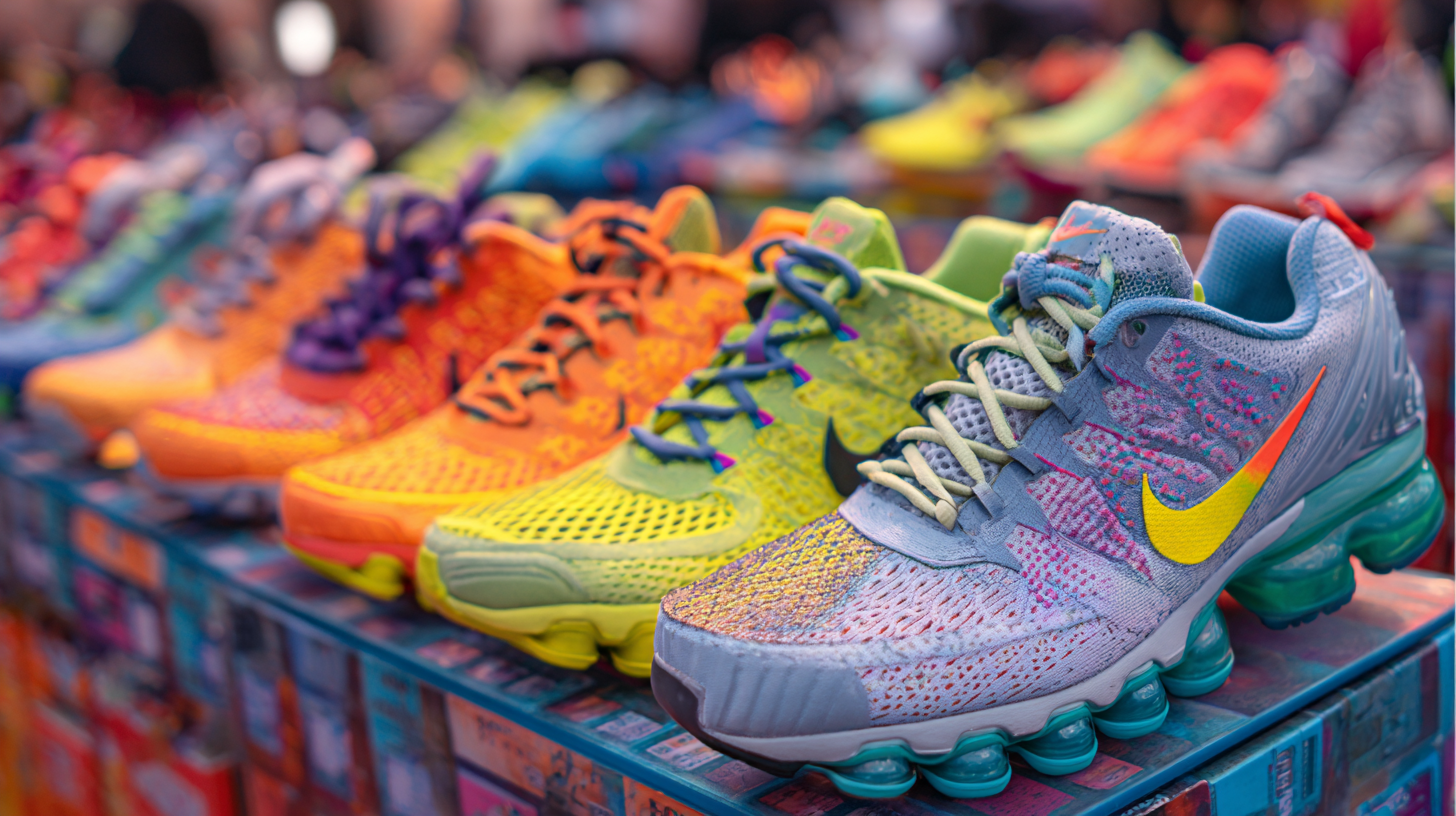
In today’s fast-paced world, the pursuit of the perfect fit in sports gear has transformed running from a simple activity into a personalized experience, particularly when it comes to Custom Running Shoes. With options that cater to individual foot shapes, running styles, and specific performance needs, choosing the right pair has become both an art and a science. The phrase "卓越制造,源自中国,服务全球" encapsulates the essence of this evolution, reflecting the quality craftsmanship originating from China and its global reach. As runners increasingly seek shoes that not only enhance their performance but also provide comfort and support, understanding the top strategies for selecting the best Custom Running Shoes tailored to unique requirements is essential. This guide will explore essential considerations and insights that can help every runner discover their ideal fit, ensuring that every stride taken is both powerful and pain-free.

When it comes to running, the right footwear is essential for both performance and injury prevention. Custom running shoes can make a significant difference, particularly because they are designed to fit the unique anatomy of your feet. A proper fit ensures that the shoes provide the right support, cushioning, and stability, which are crucial for absorbing the impact of each stride. If your shoes don’t fit well, you may experience discomfort or even injuries, such as blisters, tendonitis, or plantar fasciitis, which can sideline your training for weeks.
Understanding your foot type is the first step in selecting custom running shoes that will truly cater to your needs. Not only should you consider the length and width of your feet, but also the arch type—flat, neutral, or high. A shoe that accommodates your arch can help distribute pressure evenly and reduce the risk of overuse injuries. Additionally, working with a professional who can analyze your gait can lead you to the most suitable options. This level of personalized attention enables you to find a shoe that feels like an extension of your own foot, allowing for a more enjoyable and injury-free running experience.
| Criteria | Importance | Recommendations |
|---|---|---|
| Foot Type | Understanding your foot arch (flat, neutral, high) is crucial for support. | Get a professional foot assessment for accurate identification. |
| Fit and Comfort | A proper fit reduces the risk of blisters and painful chafing. | Try shoes on at the end of the day when feet are swollen for best fit. |
| Terrain | Different shoes are designed for various terrains—road vs. trail. | Assess your running environment and choose shoes accordingly. |
| Cushioning | Adequate cushioning can prevent impact-related injuries. | Consider personal comfort preferences for cushioning levels. |
| Weight | Lighter shoes can enhance speed but may sacrifice cushioning. | Balance weight with your performance needs and injury history. |
| Arch Support | Good arch support prevents overpronation and stabilizes the foot. | Test different levels of arch support to find your ideal match. |
When selecting custom running shoes, understanding the advantages of different materials used in their production is crucial. The choice of materials can significantly impact comfort, durability, and performance. For example, lightweight synthetic fabrics enhance breathability and moisture-wicking capabilities, which are essential for keeping your feet dry during runs. Additionally, advanced cushioning materials, like EVA foam and gel-based systems, help absorb impact, providing runners with the support they need to reduce the risk of injury.

Furthermore, as technology evolves, innovations such as 3D printing are changing the landscape of custom footwear. This technology allows for precise customization tailored to individual foot anatomy, ensuring an optimal fit that traditional manufacturing methods struggle to achieve. As the market grows, with forecasts indicating a surge in the global running shoes sector, understanding these material advancements can empower runners to make informed choices that suit their unique needs, thus enhancing their overall running experience.
When it comes to choosing custom running shoes, one of the most crucial aspects to consider is the cushioning technology. Two of the most popular options available are foam and gel, each offering unique benefits that cater to different runner preferences and needs. Foam cushioning, often made from materials like EVA or polyurethane, provides excellent shock absorption and energy return. This technology helps runners maintain their speed while minimizing fatigue, making it a favored choice for those who log significant miles on hard surfaces.
On the other hand, gel cushioning presents a different approach to comfort and performance. Gel offers targeted support and can adapt to a runner's foot strike, providing a personalized fit. This technology excels in distributing impact forces evenly across the foot, reducing the risk of injury. For runners who value a plush feel and need extra support, gel cushioning may be the preferred option. Evaluating these technologies in relation to your specific running style, distance, and foot biomechanics is essential in finding the perfect custom running shoes tailored to your unique needs.
When choosing custom running shoes, understanding foot mechanics is crucial, especially for runners experiencing overpronation or supination. Overpronation occurs when the foot rolls inward excessively, while supination happens when it rolls outward. Both conditions can lead to discomfort and injuries if not addressed properly. According to recent studies, nearly 70% of runners have some degree of overpronation, highlighting the demand for tailored solutions that support optimal foot alignment.
To effectively manage these mechanics, it’s essential to consider orthotic modifications that can prevent medial arch irritation and enhance overall comfort. An expert panel recently highlighted several successful strategies for athletes, such as strengthening the medial arch areas and employing materials that enhance the durability of orthotics. Incorporating these features into custom shoes can lead to improved performance and reduced injury risk.
**Tips:** When shopping for custom running shoes, look for features like a supportive arch structure for overpronators and a cushioned heel for supinators. Additionally, ensure that the shoes allow ample room for toe splay—this helps maintain natural foot mechanics. Custom insoles can further provide tailored support, so consult with a specialist to find the right fit for your specific needs.
When selecting custom running shoes, one cannot overlook the significance of industry standards and regulations that govern their manufacturing. According to a report by the American Orthopedic Foot & Ankle Society, nearly 70% of runners experience foot or leg injuries, underscoring the need for shoes that meet stringent quality benchmarks. Custom shoes should comply with these standards, ensuring they enhance performance while minimizing injury risk.
Tip: Always seek shoes that feature materials certified for durability and performance. Look for brands that adhere to I.A.S. (International Accreditation Service) regulations, as these ensure that the materials and construction methods are tested and proven to provide the necessary support and cushioning for your unique running style.
Moreover, the importance of certifications from organizations like the American Society for Testing and Materials cannot be overstated. These certifications guarantee that your custom shoes undergo rigorous testing to assess stability, flexibility, and impact resistance. A recent survey from the Footwear Distributors and Retailers of America indicates that shoes meeting these certifications can reduce injury rates by up to 30%.
Tip: Engage with footwear specialists who can guide you toward compliance-certified brands. This will not only help in obtaining the right fit but also ensure that your shoes are made with the highest quality standards in mind, ultimately enhancing your running experience.

